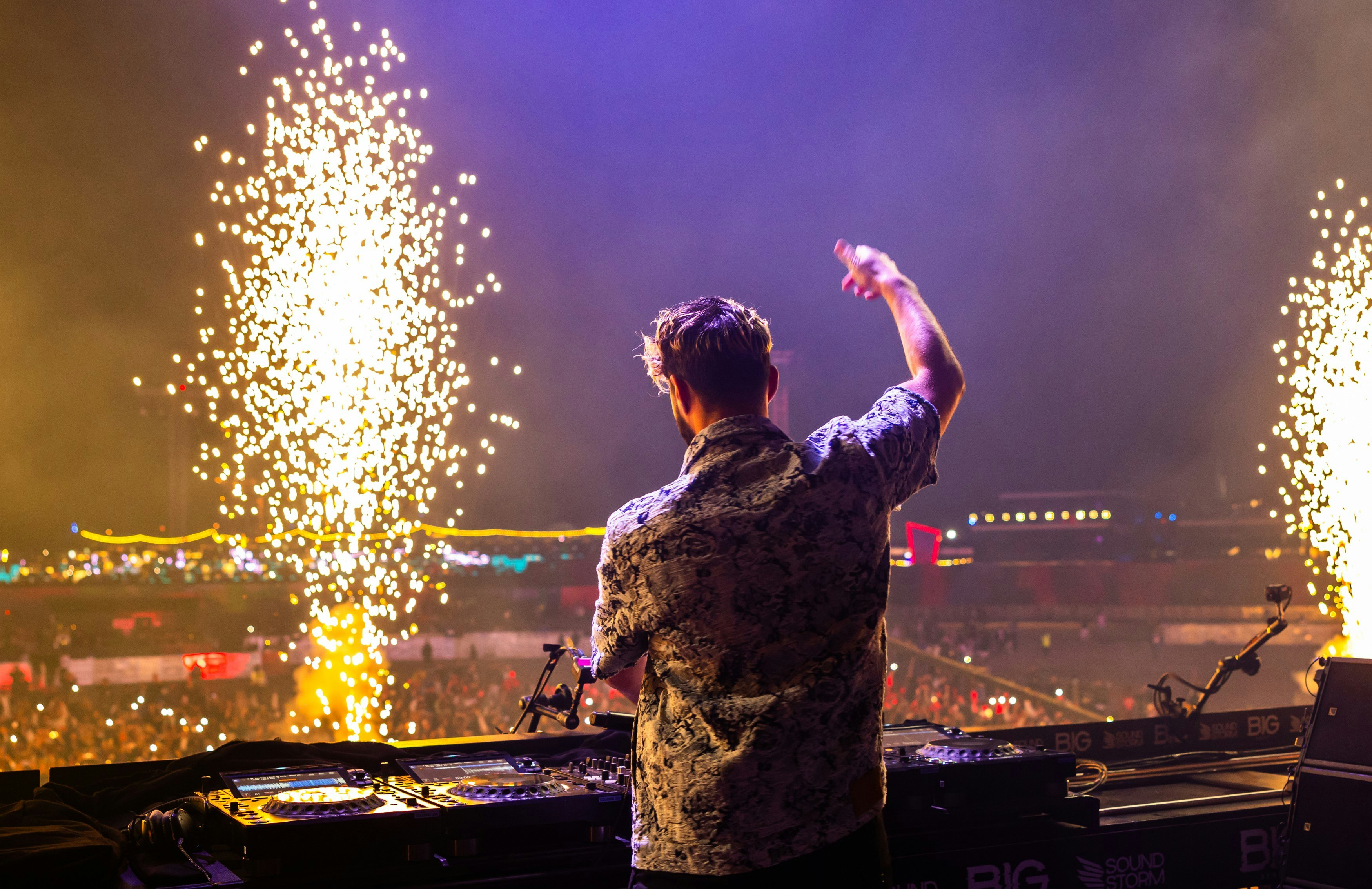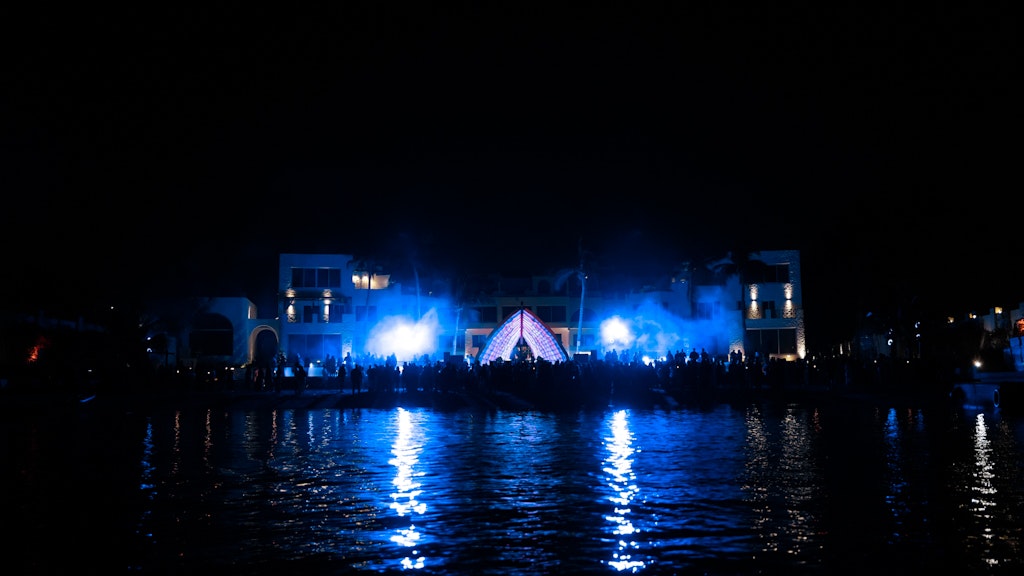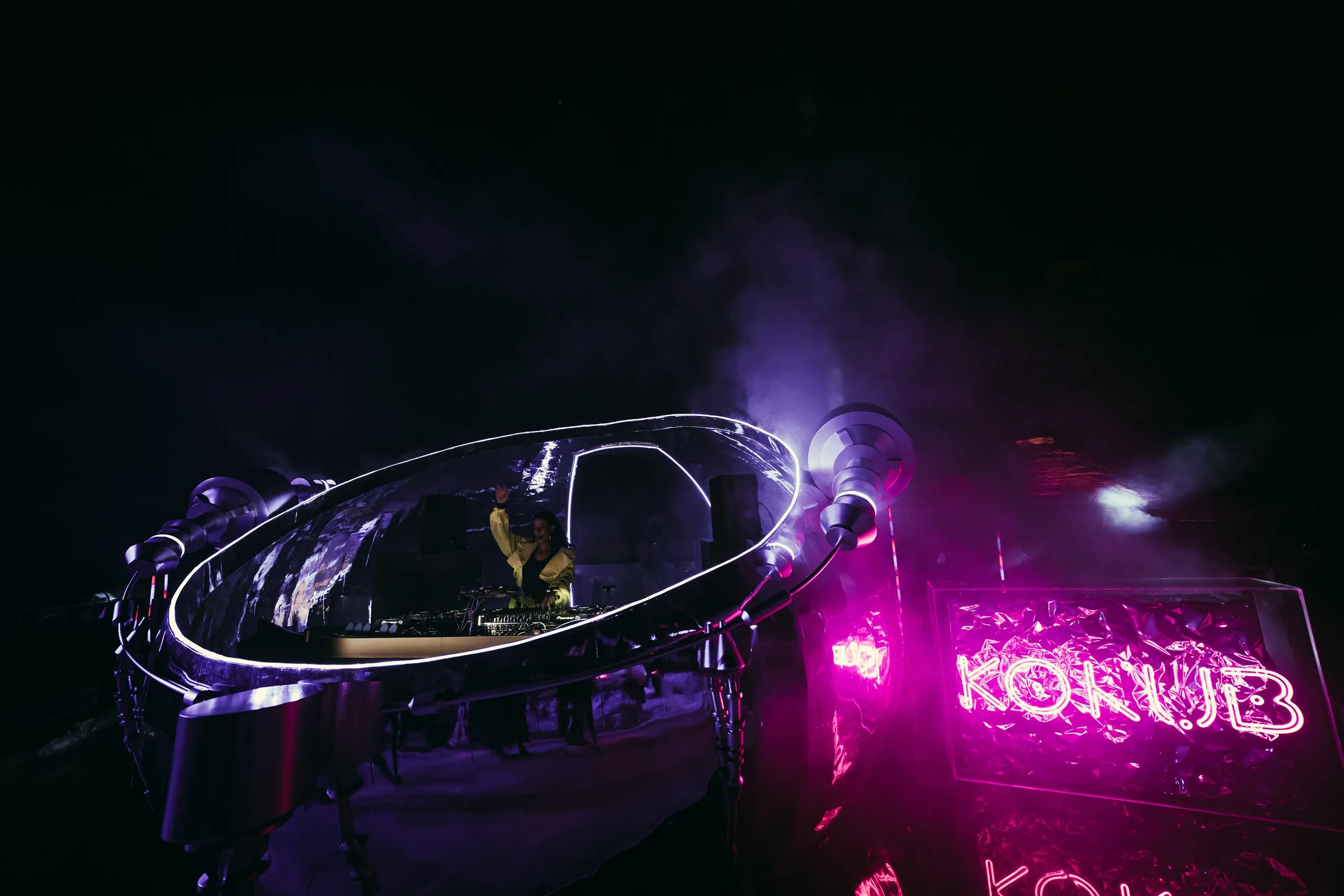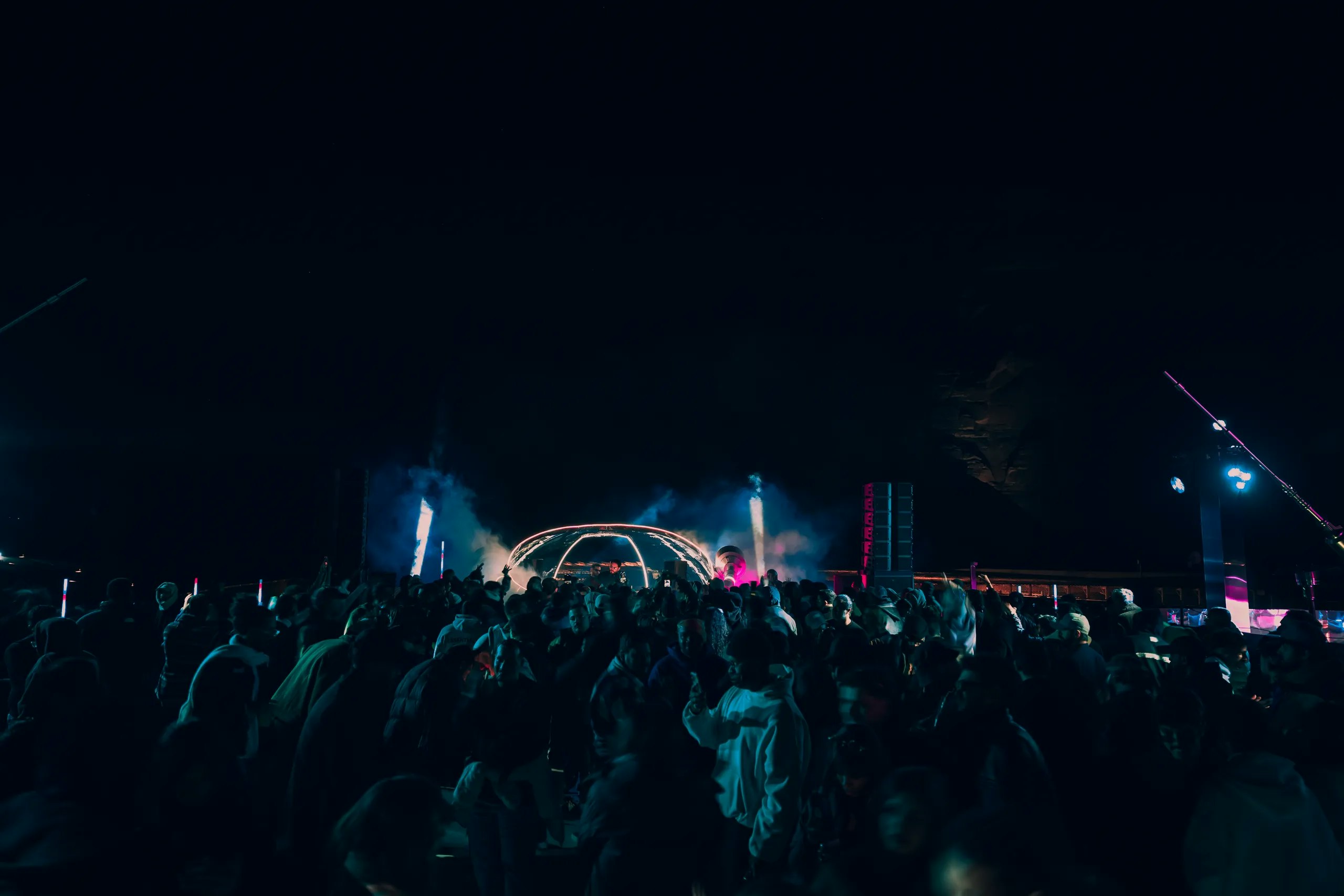

Harmony and Creativity: Exploring the Art of Music
By MDLBEAST
February 22 2024
Harmony and Creativity: Exploring the Art of Music
By MDLBEAST
February 22 2024
Throughout the years, music has been commonly regarded as a form of entertainment, crafted with the sole purpose of amusing listeners. As tastes evolved, so did music, experiencing a transformative shift from a source of entertainment to a form of emotional expression and creative release. Nowadays, seeking art from music isn’t as foreign of a concept as it once was. Let’s find out why.
The blend of harmony and creativity plays a pivotal role in shaping the current artistic significance of music. In this article, we will explore the factors that have influenced this transformation. Keep reading to delve into the world of music and uncover the elements that have driven the evolution of the art of music.
At MDLBEAST, we cherish music, both as a means of letting loose and having fun and as a way of expressing ourselves artistically as the energy of music resonates through us.
Harmony in Music
In the world of music, harmony, and creativity team up to give musical compositions their artistic flair. When musicians carefully arrange harmonious elements, they create a sound that's not just balanced but also a canvas for creative expression – that's what we call the art of music.
Musicians use chords, intervals, and melodic relationships skillfully, adding their unique twists and innovations to compositions. The magical blend of harmony and creativity doesn't just make music sound good; it adds emotional depth and visual charm, making it a rich form of artistic expression and contributing to the idea of music power.
In a nutshell, it's the delicate balance of these musical elements that turn a piece into a masterpiece, going beyond just entertainment to become a profound form of artistic expression known as the art of music.
Creativity in Music
Creativity is one of the most crucial elements in the music scene, serving as the driving force behind its artistic essence. It empowers musicians to break free from conventional boundaries and add a touch of individuality to their musical compositions. This involves diving head first into the imaginative exploration of musical elements like melody, rhythm, and lyrics to create something original and meaningful.
Musicians harness the power of creativity to experiment with a variety of sounds, genres, and structures, giving birth to diverse musical arrangements. Whether it's through groundbreaking melodies, inventive lyrics, or unique combinations of instruments, creativity becomes the secret ingredient that gives music its distinct identity.
Creativity isn't just about trying new things; it opens doors to endless possibilities. It enables artists to craft pieces that entertain and strike an emotional chord, standing out as works of artistic significance in the continuously evolving realm of music.
Music and Emotion
Music possesses a remarkable ability to evoke and convey a wide spectrum of emotions, serving as a universal language that extends beyond cultural and linguistic barriers, communicating feelings in ways words often fall short.
The emotional impact of music is ingrained in its elements, such as melody, harmony, and rhythm, which collectively create an auditory experience that resonates with our emotions. Whether it's the crescendo of a triumphant symphony or the melancholic notes of a soulful ballad, music has the power to invoke joy, sorrow, excitement, or nostalgia. It serves as a medium for self-expression, allowing both creators and listeners to connect with their innermost feelings.
The emotional language of music is so potent that it can bring forth memories, inspire motivation, and provide solace during challenging times. In essence, the profound relationship between music and emotion underscores its pivotal role in shaping our emotional landscapes and enhancing the human experience through the art of music.
Music as an Art Form
The artistry of music lies not only in its structural components but also in the interpretation and performance by skilled musicians. Each genre, from classical symphonies to contemporary genres, contributes to the diverse tapestry of musical art, reflecting cultural nuances, historical contexts, and individual perspectives.
Beyond its technical aspects, music as an art form engages with societal, political, and personal themes, making it a powerful vehicle for social commentary and personal expression. Whether through the intricate arrangements of a symphony or the raw emotion of a folk ballad, music stands as a profound and resonant art form that enriches the human experience and transcends cultural boundaries.
Artistic Genres
Psychedelic Rock
Psychedelic rock is the rebellious spirit of the music world. The genre came around in the 1960s, and it's all about being wild and breaking the rules. Imagine trippy sounds, crazy effects, and music that takes you on a journey to another dimension.
It's not just about the lyrics; it's a whole experience. Bands like Pink Floyd and The Doors are the pioneers of psychedelic rock. They play around with instruments in ways that haven't been done before, throw in cool effects, and create mind-blowing musical trips.
Psychedelic rock continues to be a playground for musicians to be as creative and out there as they want, and that's what makes it so artistic and different from other types of music.
Jazz
In the early 1900s, Jazz burst onto the music scene, introducing a distinct vibe. What makes Jazz artistic is its emphasis on improvisation. It's about spontaneity rather than sticking to a script.
Imagine the smooth sounds of saxophones, energetic drum solos, and nimble fingers dancing on piano keys – that's Jazz. Musicians like Miles Davis and Louis Armstrong are celebrated figures in Jazz, known for pushing boundaries and creating tunes on the spot.
Jazz isn't just a genre; it's a unique language where musicians communicate through their instruments. It's dynamic and keeps listeners engaged, explaining its timeless appeal.
Electronic
Enter the scene, a genre that emerged from the shadows in the mid-20th century, and when it did, it unleashed an entirely new sonic dimension. Brace yourself for the avant-garde allure of electronic music, a realm where artistic expression ventures into the cosmos through a symphony of electronic gadgets and computer wizardry.
Picture this: wild synths dancing in chaotic harmony, bass drops that reverberate like seismic pulses, and beats that propel you straight into the uncharted realms of the future. At the helm of this tech-magic are artists like Daft Punk and Skrillex, wielding knobs and pressing buttons like modern-day wizards, conjuring mind-bending tunes that defy the boundaries of conventional sound.
-
Discover the art of music with some of the most innovative artists of our generation at Soundstorm!
Share this


